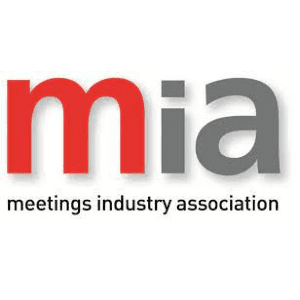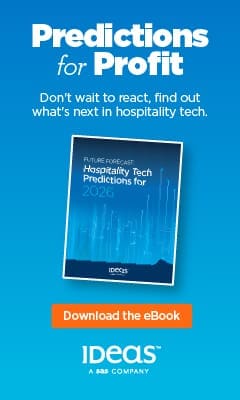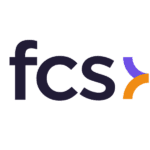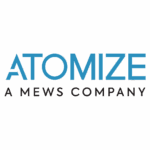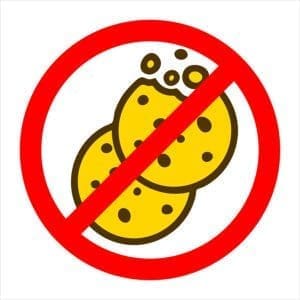
Only a third of business leaders in hospitality feel confident about recruitment right now, according the latest Business Leaders’ Survey by CGA and Fourth.
With job vacancies in hospitality 48% higher than pre-pandemic levels (source: ONS), talent shortages are having a continuous effect on the industry. Alongside economic pressures, employers say recruitment and retention is one of their biggest challenges.
In the last 12 months, not only have hospitality businesses increased their pay for new and existing staff, but also recognised the need to go beyond it. This includes cultivating the right working culture, creating learning and development opportunities, and focusing on staff wellbeing and mental health.
In this industry where competition for skilled employees is fierce, it’s becoming more important for employers to demonstrate to candidates that they are a place where people want to work. Having a positive employer brand will help them stand out from the crowd and turn ideal candidates into hires.
What is an employer brand?
In basic terms, it’s a business’s image and reputation as an employer.
Potential employees will be more likely to consider your company when applying for jobs if you have a positive employer brand. Their decision to join you might just boil down to the reputation you’ve built as an employer. In fact, according to a Glassdoor survey in 2021, 50% of candidates say they wouldn’t work for a company with a bad reputation, even for a pay increase.
If employer branding is new to you, getting started is just a matter of shaping your organisational messages into a coherent whole and telling it.
The ingredients of an employer brand usually include a company’s mission, values and goals; a defined culture; an employer value proposition (EVP); and a point of differentiation from competitors seeking the same talent.
When going through this process, think about your employer brand from an internal and external perspective.
1. Gather internal and external feedback
What are people currently saying about your company?
Talk to your current employees about what they like or dislike about working at your company. Check feedback from employee satisfaction surveys, hiring managers, exit interviews, and candidate feedback. These will help you understand how the culture of your company is perceived.
Externally, look at outside sources of information about your company including feedback on review sites, press, social media, and word-of-mouth. Research your competitors to see how you compare against other employers in hospitality.
From all this information, identify your strengths and weaknesses as an employer. Doing this will tell you which areas you’re succeeding in and the areas to improve.
2. Identify your EVP and craft your messages
First think about how your employer brand can help you reach your company’s goals and then develop your Employer Value Proposition (EVP). An internal goal might be to increase employee retention or satisfaction, while an external goal might be to improve candidate quality.
Identify the benefits that your company offers employees. For instance, workers want flexibility, shared goals, career opportunities, a chance to develop new skills, and a better work-life balance.
Build in your company’s values and elements that are distinctive to your workplace culture. You’re demonstrating the value your organisation offers an employee.
Next, craft some key messages speaking to your current and future employees. Answer the who, what, why and how of your organisation.
Now you have an EVP that your organisation can deliver.
3. Get your message out there
Once you have your messages, get them out there – in and outside the company.
Glassdoor found that nearly 90% of surveyed HR professionals say recruitment is becoming more like marketing to compete better in today’s “war for talent”. Adopting a marketing mindset is a good start for getting your employer branding off the ground.
Tell your employer brand story through social media, PR, events and performance marketing . Turn up on your careers website, job ads, social media accounts, employer profiles on professional networks, and partner with schools and universities.
4. Measure your effectiveness
Follow up your employer branding effort with a plan to measure its effectiveness. Track key metrics like cost-per-hire, employee satisfaction, social media sentiment and visits to your employer profile on Glassdoor and LinkedIn. You’ll learn what’s working and what needs adjustment.
With authentic and consistent effort, there’s no reason why your company shouldn’t strive for a place on “The 30 Best Places to Work in Hospitality”. According to The Caterer, the organisations that made the 2023 list are not only leading the way in people engagement and workplace culture, but also performing significantly better than the rest of the hospitality talent market.
About the author
 Reena Sidar is CEO and Founder of hirestaff, a consultancy providing a relationship-first approach to recruitment for hospitality.
Reena Sidar is CEO and Founder of hirestaff, a consultancy providing a relationship-first approach to recruitment for hospitality.


